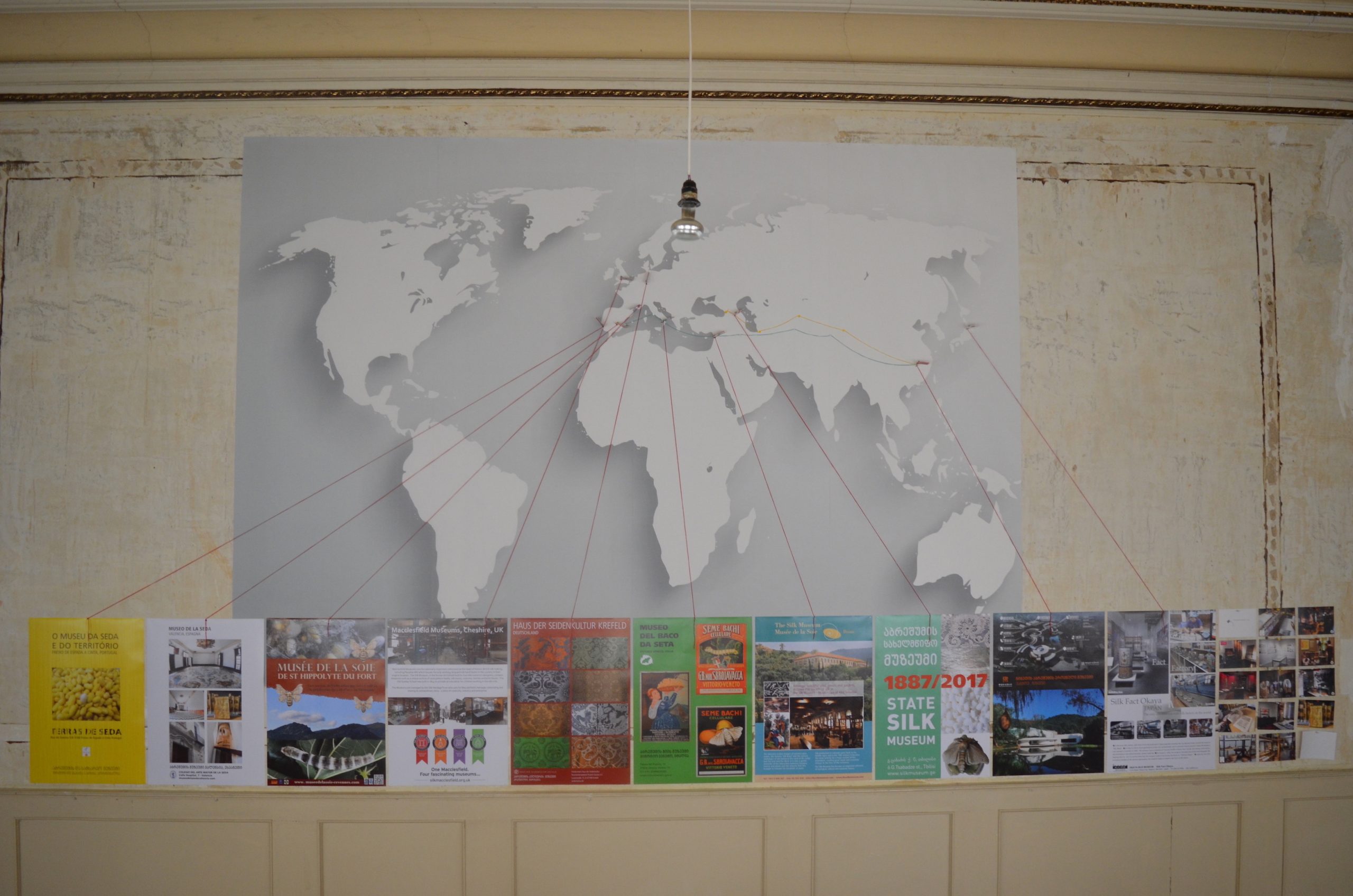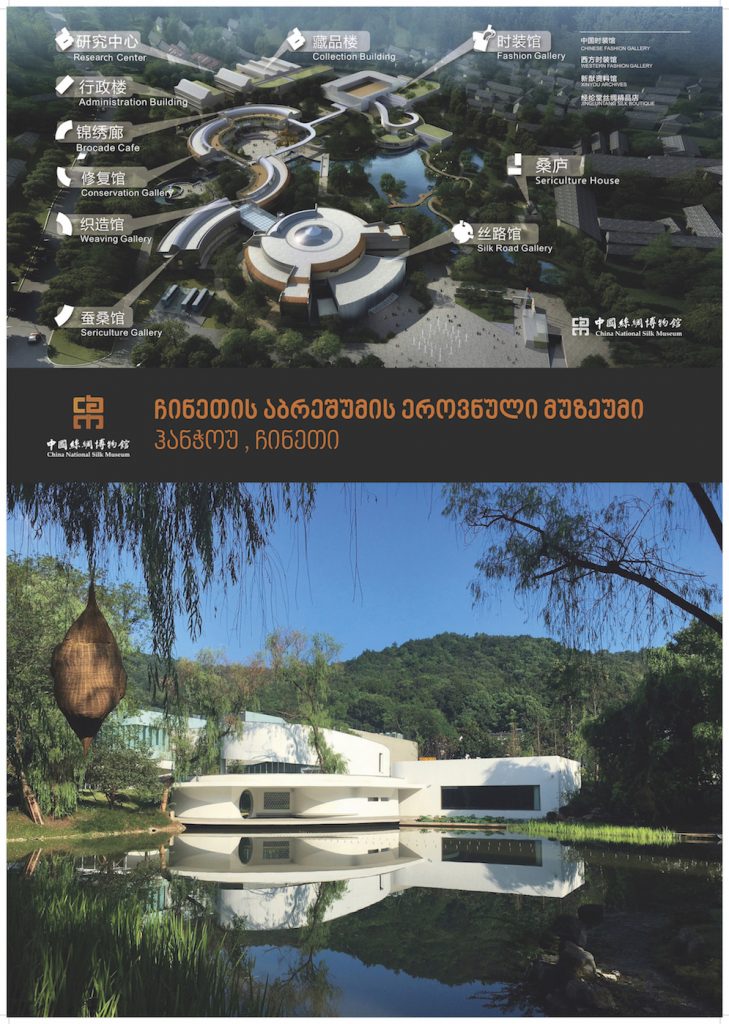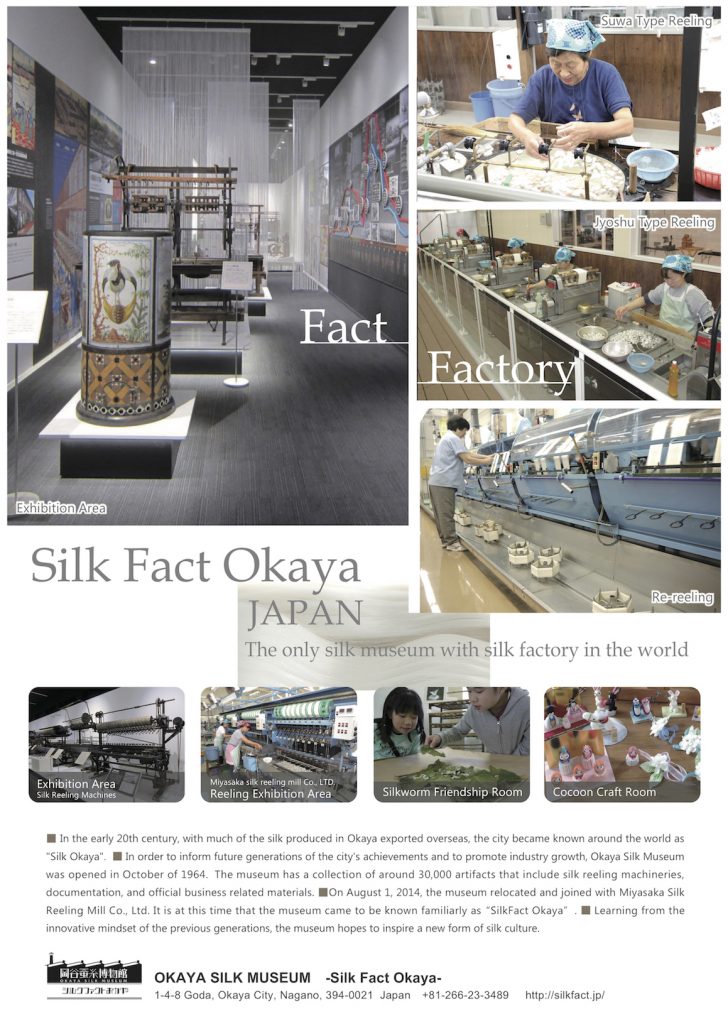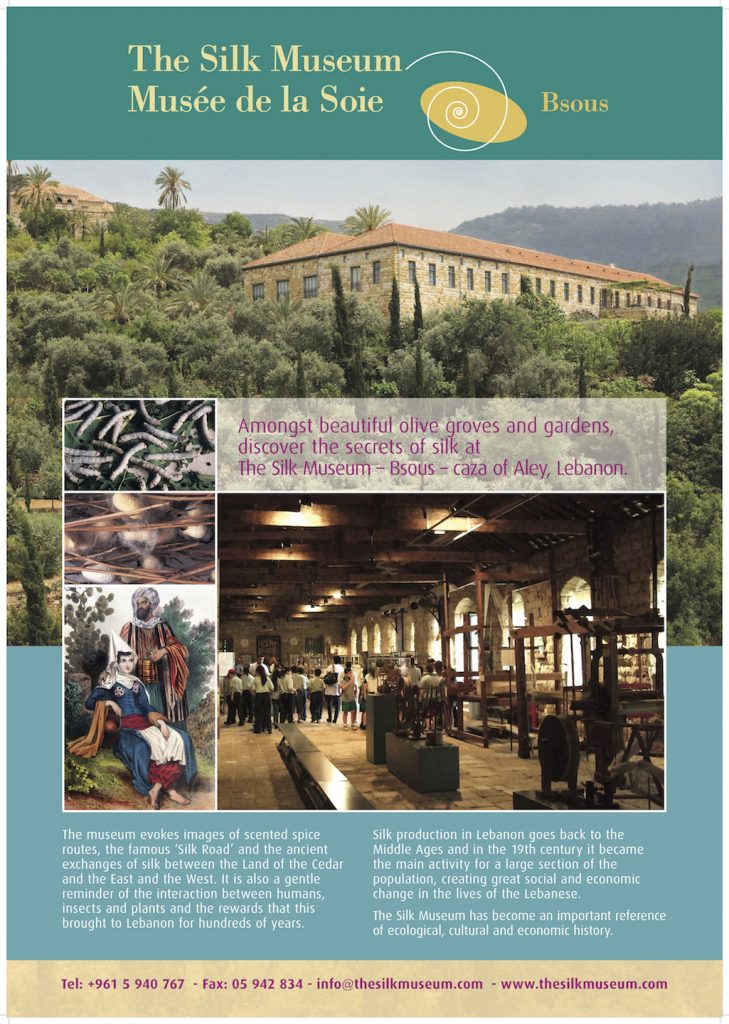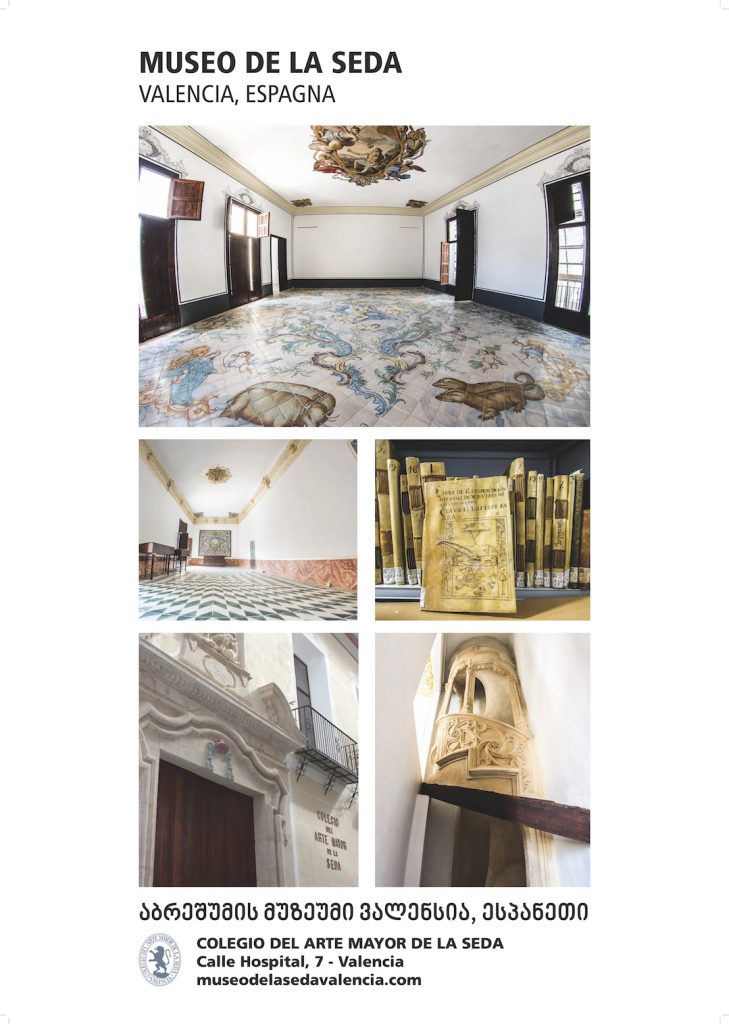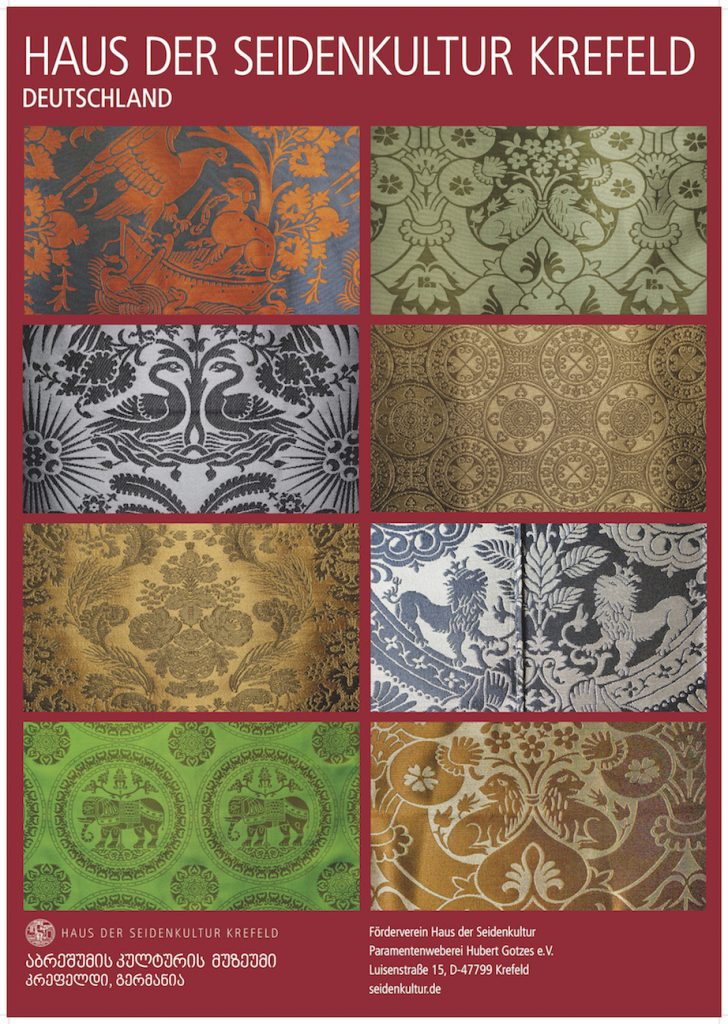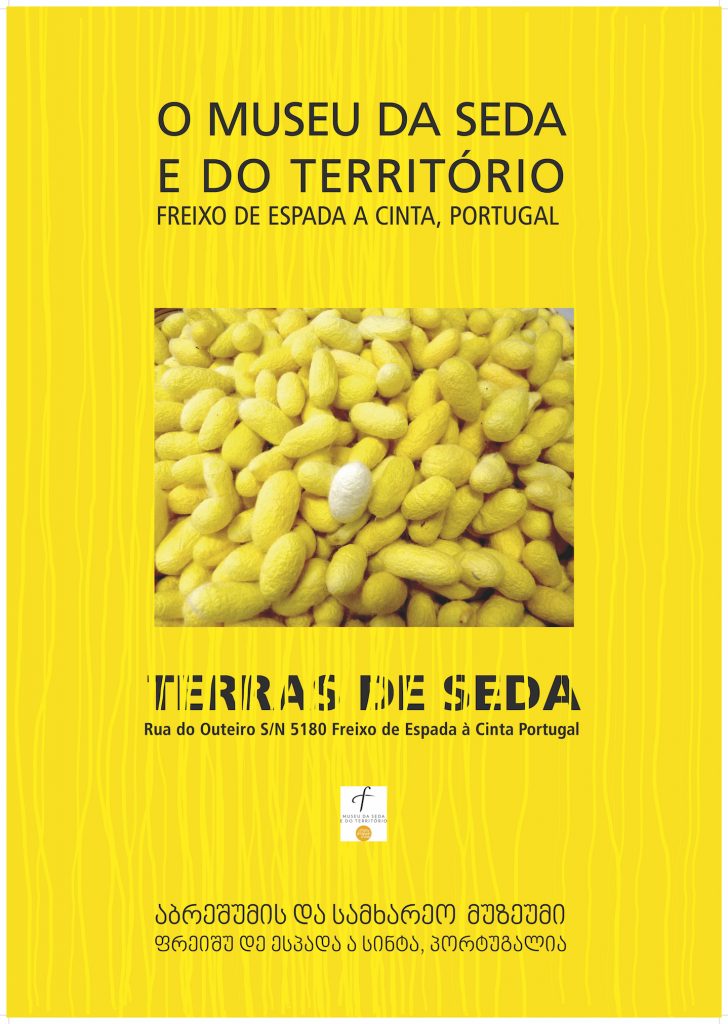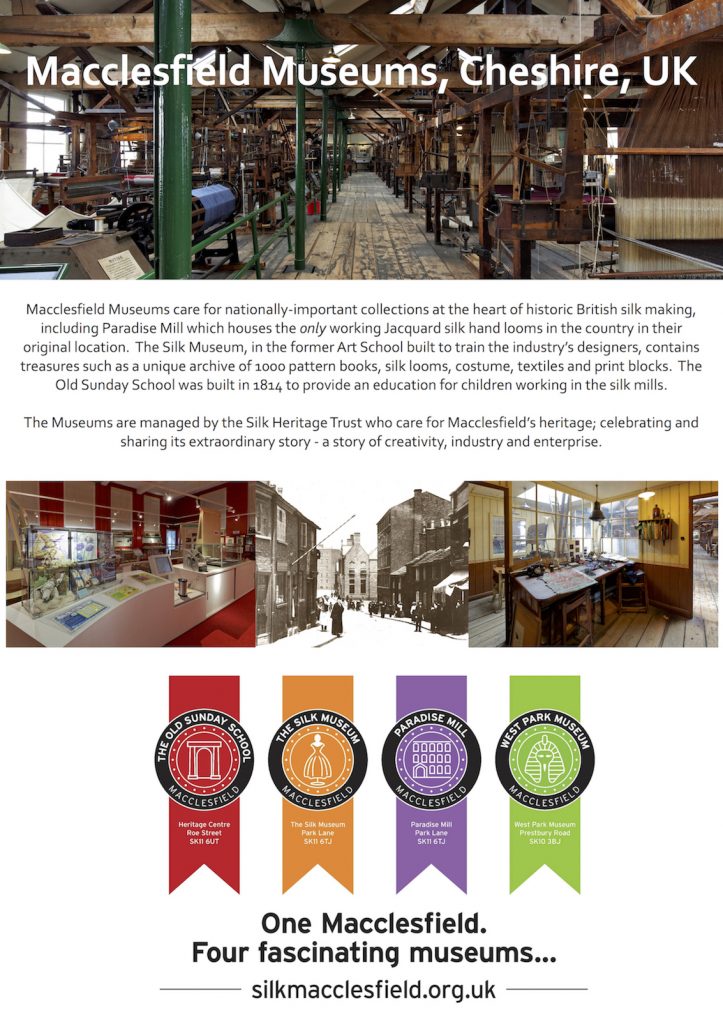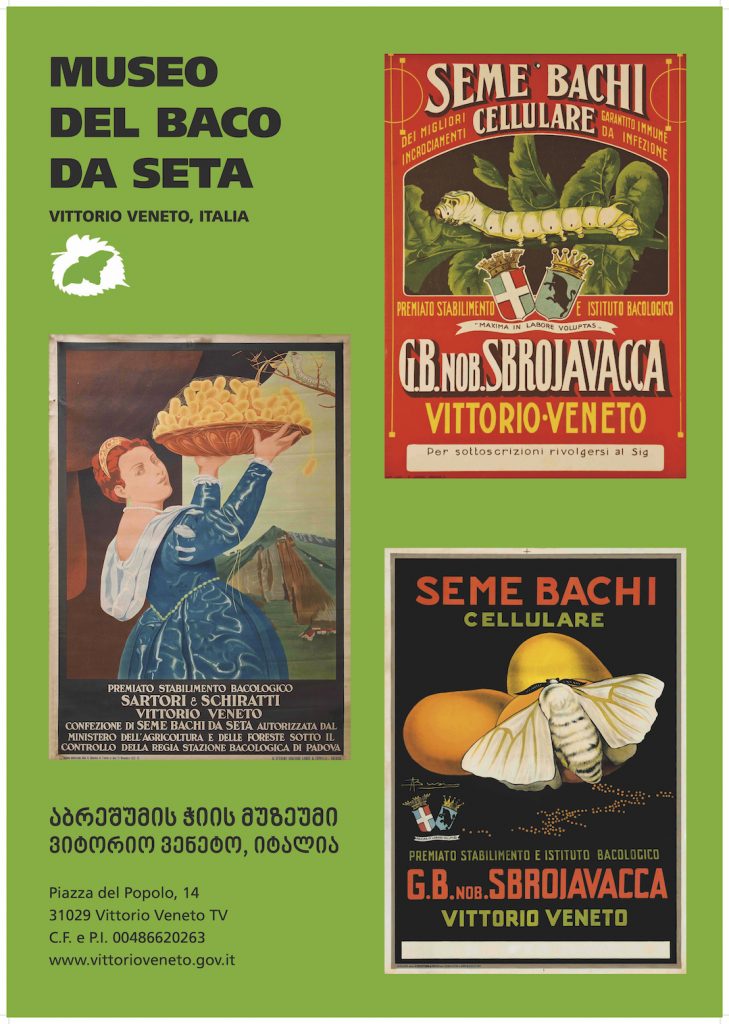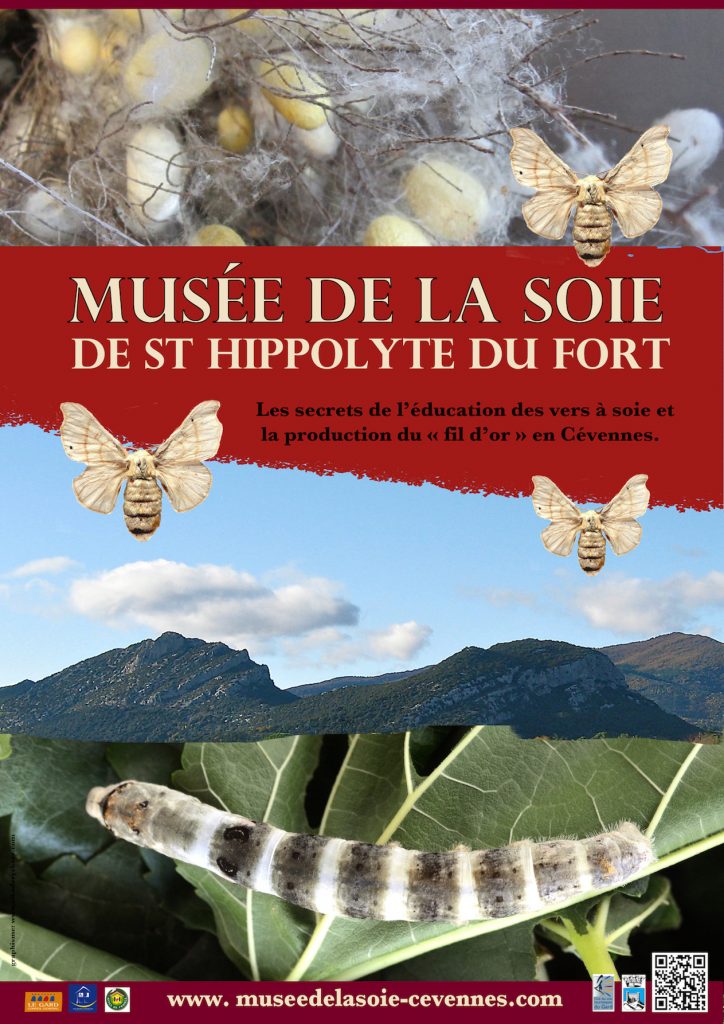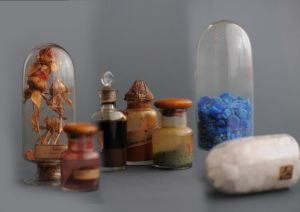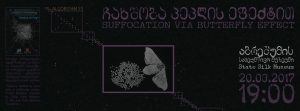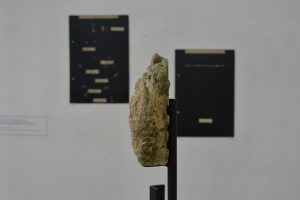In 2017 State Silk Museum celebrated its 130th anniversary. In scopes of these celebrations we got in contact with the world silk museums we were able to find online. 9 of them replied and sent us their posters that were used to create mini exhibition during the international conference. This article aims to introduce each museum that we were able to find and also to determine the place of State Silk Museum among them.
The list includes 31 museums found online. It does not include textile museums, quantity of which is much bigger. Please do not hesitate to comment below if you know a museum that is missed out from this list.
* Marked are the 9 participants of our exhibition.
China
China National Silk Museum in Hangzhou
The largest silk museum worldwide. It was founded in 1992 and the whole complex is spread on 42 000 m2. The museum went through the major renovation in 2015-16. For more information visit the museum website.
Suzhou Silk Museum
City of Suzhou is a silk capital of China. It was the center of silk production in the country in the 7th-13th centuries. The museum was opened in 1991 and is a must-see place in the city since then. For more information visit the museum website.
Shanghai Jiangnan Silk Museum
The museum presents the whole process of silk making for the visitors. For more information visit the website.
Japan
Okaya Silk Factory Museum*
The museum was opened in 1964 and it aims to preserve and present the rich history of the city’s silk production. In 2014 the museum was relocated in a working silk factory and was given its current name since then. For more information visit the museum website.
Yokohama Silk Museum
After the opening of Yokohama port In 1859 the city became an important trading center and the export of raw silk supported the development of the Japanese economy. Founded in 1959 the silk museum tells this story to the visitors. For more information visit the museum website.
South Korea
Korea Silk Museum
A private museum founded in 1995 and renovated in 2004. For more information visit the museum website.
Cambodia
Angkor silk farm
The museum was founded in 1998 and displays different stages of Cambodian silk production, mostly textile and weaving looms. For more information visit the museum website.
Lebanon
The Silk Museum, Bsous, Mount Lebanon*
A private museum founded in 2000 in the place of former silk factory. It tells a story of the Great Silk Road and sericulture in Lebanon. For more information visit the museum website.
Spain
New Silk Museum, Valencia*
A private museum located in the historical, listed building. It tells the history of sericulture in Valencia. For more information visit the museum website.
The Silk Museum, La Palma, Canary Islands
La Palma has a five-century history of sericulture. The museum presents objects around this topic as well as the live process of silk making. For more information visit the museum website.
Germany
House of Sericulture, Krefeld *
The museum was founded in 2004 in the place of the factory for ecclesiastical vestments and altar hangings. It preserves the industrial collections including 8 jacquard looms allowing the visitors to observe live process of weaving. For more information visit the museum website.
Portugal
Silk and Territory Museum, Freixo de Espada à Cinta*
The museum was opened in 2015 and is an heir to the former Museum of Territory and Memory. It houses objects about silk together with the older collections. For more information visit the website.
Silk Museum, Castelo Branco
The museum was created to give the public better idea about the history of sericulture in Portugal. For more information visit the website.
Greece
The Silk Museum, Soufli
The museum was founded in 1990. It presents the different stages of silk production and focuses on the Soufli sericulture history in the 19th-20th centuries. For more information visit the website.
United Kingdom
The Silk Museum, Macclesfield*
The museum tells about the history of Macclesfield sericulture. It is housed in the former art school and preserves various collections related to silk. For more information visit the museum website.
Italy
Bacological Industry Museum, Vittorio Veneto
Vittorio Veneto became one of the main centers of silkworm seed (egg) production in Italy since the 19th century. In 1882 Marson Observatory and Sericulture Institute was founded, which still preserves it’s authentic building, old machinery and equipment. It has been listed among the national monuments since 2002. For more information visit the museum website.
The Silkworm Museum, Vittorio Veneto*
Vittorio Veneto has another silk museum too, serving the education of society about sericulture. For more information visit the museum website.
The Silk Museum, Como
The Museum was opened in 1990. It extends over a surface of 1000 square metres and its exhibits reconstruct the silk manufacturing process with a historical and educational approach. For more information visit the museum website.
Civic Silk Museum, Abegg, Garlate
The Museum was opened in 1953. It is housed in the 17th-century silk mill building and hosts a rich collection of machineries. Visitors can follow the main production steps: worm breeding, cocoon unwinding and silk twisting. For more information visit the museum website.
Silk Museum, Soncino
The museum was born from a private collection of its Curator, Enzo Corbani, which began over 20 years ago and continues today. For more information visit the website.
Museum of Bacology “Carlo Ascenzi”, Colli del Tronto, Ascoli Piceno
The Museum is a structure that keeps track of the ancient bacological activity of Colli del Tronto in the 19th century and in the first decades of the 20th century. The museum houses tools, photos and testimonies on the breeding of the silkworm and on the production of the seed-worms. In the museum you can admire silk cocoons belonging to different breeds, as well as various instruments and objects useful for the bacology of the time. For more information visit the website.
Silk Museum, San Floro, Catanzaro
Museum is housed within the walls of the Caracciolo Castle and safeguards the relics of the Calabrian silk history, with the city of Catanzaro as a protagonist, considered between 1300 and 1700 as the European capital of silk. The museum preserves various objects: historical costumes, raw silk artefacts, mulberry and silkworm specimens, natural dyes etc. For more information visit the website.
The Silkworm Museum “Ciro Ronchi”, Meldola, Emilia-Romagna
In the 19th century Meldola won the primacy, together with Como, for the best quantity and quality of the silk product. The silkworm museum dedicated to Ciro Ronchi, a great Meldolese spinner, allows the recovery of a local tradition of three centuries, which played a primary role in the economic, social and cultural development of the city of Meldola. For more information visit the website.
France
Silk Museum, Saint-Hippolyte-du-Fort*
The museum presents different stages of silk production. For more information visit the museum website.
Silk Museum, Taulignan, Drome
The museum was founded in 2001, when the city decided to acquire a private collection of the former silk farmer and collector – Mr. Lancon. For more information visit the museum website.
Silk Ecomuseum, Labastide-de-virac, Ardeche
The museum allows the visitors to observe all the stages of silk production from cocoons to the ready textiles. For more information visit the website.
Silkworm Museum, Lagorce, Ardeche
The museum shows the history of sericulture in the world and particularly in Ardeche as well as the process of silk making. For more information visit the website.
Silk Museum, Largentiere, Ardeche
The museum is housed in the former silk factory and presents all the stages of silk making. For more information visit the website.
Bonnet Silk Industry Museum, Jujurieux, Ain
The museum is housed in the former silk factory founded in 1835 by Bonnet company based in Lyon. The building has been listed among the national monuments. For more information visit the website.
House of Canuts, Lyon
The museum was founded in 1970. Historic Site at the end of the 19th century, it housed the headquarters of the Union of Weavers and similar. This unique place invites you to discover the great history of the Lyon silk industry and that of the men who built it: Canuts. For more information visit the museum website.
Georgia
State Silk Museum, Tbilisi
The State Silk Museum is the second oldest in the world after Bacological Industry Museum in Vittorio Veneto. It stands out with its various collections and the historical building, which was purpose-built for the museum. For more information visit the museum website or the virtual tour.
Author: Salome Phachuashvili
